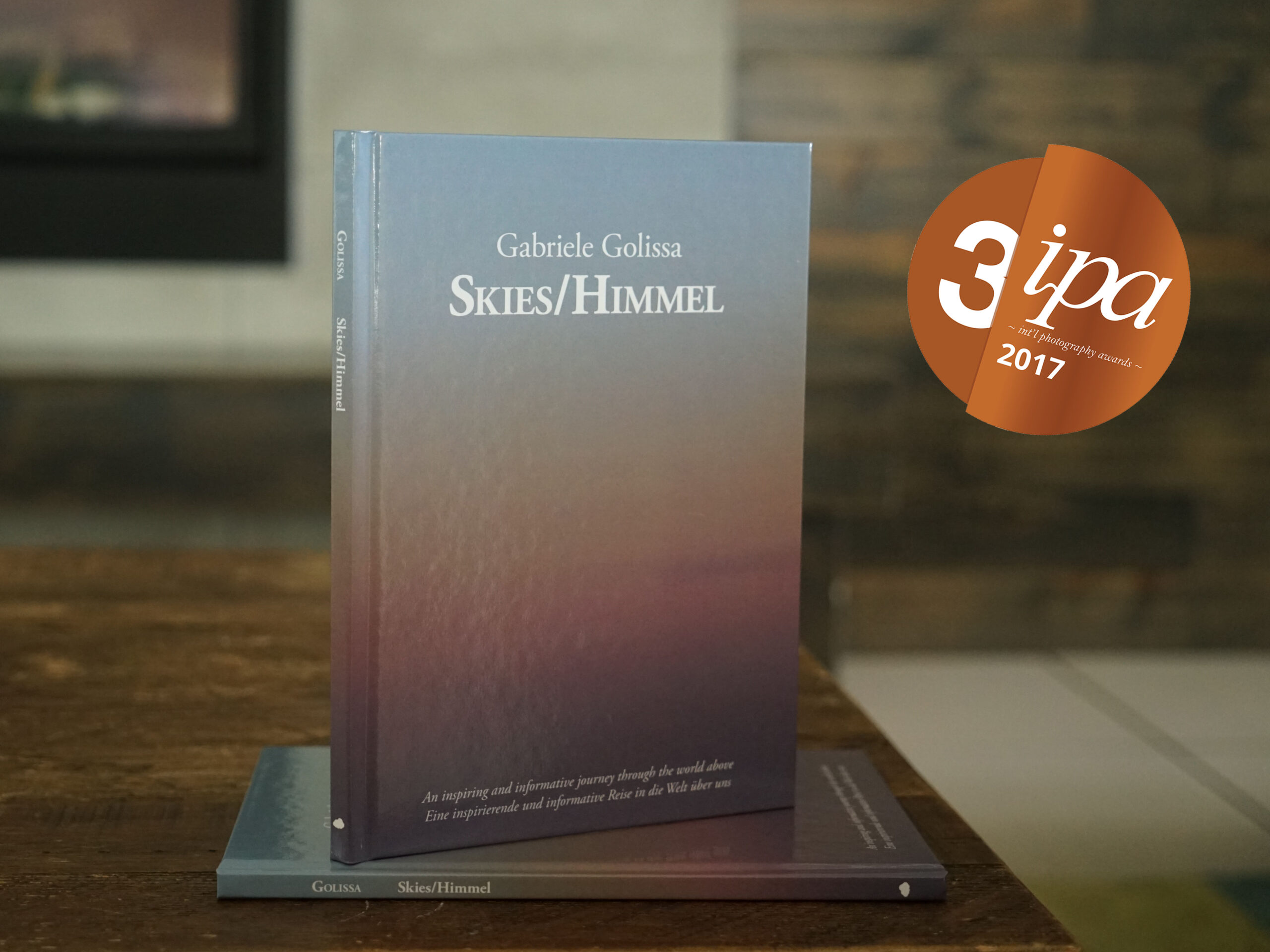
“In the clear blue sky, in a big white cloudy house, lived six cloud brothers. Five of them were grey, while the other one was pink. The grey little clouds used to always laugh and make jokes at the pink one, just because he was different…”
Cristina Donovici, The Little Pink Cloud, 2017
Lavinia just told me that there actually is an English translation for the book in the making. I can hardly wait to read about the Little Pink Cloud in English!
PS: Above you see Lavinia with one of her Little Pink Cloud illustrations.




